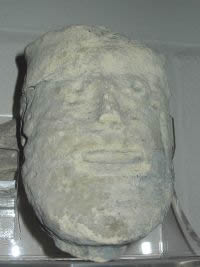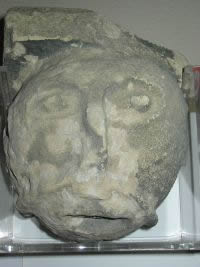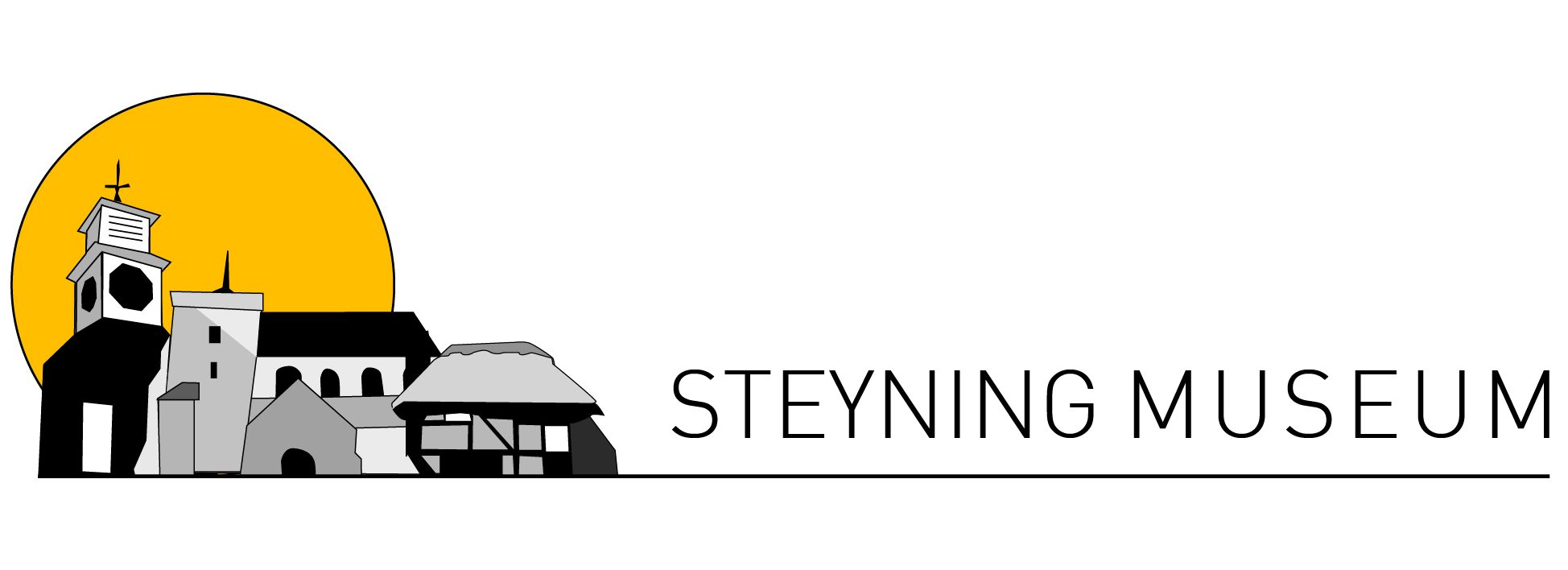

These two faces probably came from Steyning’s very fine Norman church, begun in about 1090 by the wealthy and powerful Abbey of Fécamp. Several curious heads on the south and north sides of the church, just below the roof, are a striking feature. They are described architecturally as decorated corbels. A rounded head with a moustache appears on the south side, which looks very much like the head shown above on the right.
An earlier wooden church was founded in about the year 700 by Cuthman, an Anglo-Saxon saint. King Aethelwulf was buried there in 858 and Steyning appeared in the will of his son, King Alfred the Great. Clustered around the church in these early times, Steyning was first promised to Fécamp in 1047 by King Edward the Confessor.
Earl Godwin probably prevented the abbey from taking possession of the church and his son, King Harold, held it personally until his defeat at the Battle of Hastings in 1066. It was William the Conqueror who finally enabled the Norman Abbey of Fécamp to occupy Steyning.
In the late 1500s, the whole east end of the church began to fall into ruin. It became “a common haunt for pigeons” which had to be demolished. This could be where our two heads came from – the rubble of the east end of the church which sadly did not survive. Alternatively, some surviving corbels have a blank space where the head has fallen off. An eagle eye might identify whether our heads could be a good fit somewhere.
